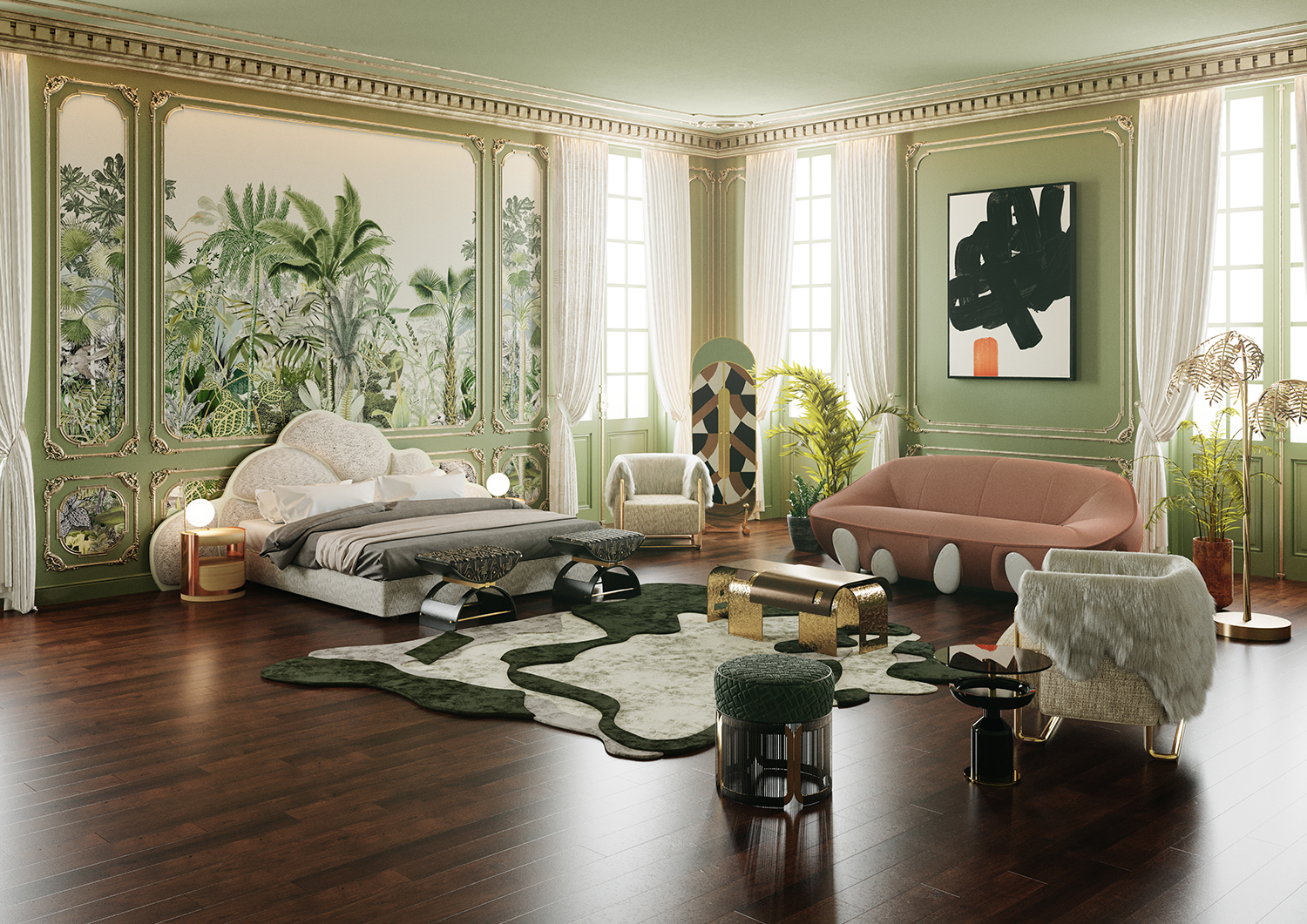Find an expert Architecture Firm for residential and commercial projects.
Find an expert Architecture Firm for residential and commercial projects.
Blog Article
Change Your Home With Vital Concepts of Interior Decoration and Looks
By recognizing the influence of shade theory and the significance of appearance and patterns, one can develop rooms that are not only visually enticing yet additionally deeply personal. Accomplishing this equilibrium involves even more than simple decoration; it incorporates a calculated arrangement and an eager understanding of exactly how each component engages within a space.
Understanding Color Theory
Understanding the concepts of shade theory enables developers to create areas that reverberate emotionally with passengers while fulfilling practical needs. Each category plays an important duty in establishing harmony within a room.
The psychological effect of shades is extensive; cozy hues such as reds and oranges evoke power and heat, while awesome tones like blues and environment-friendlies advertise calmness and serenity. Additionally, making use of complementary colors improves aesthetic passion, creating striking contrasts that can elevate a space's charm.
Neutral shades, on the various other hand, act as a functional background, permitting various other design elements to radiate. It is vital to take into consideration factors such as illumination and the area's objective when choosing a color palette, as these can modify the perception of colors throughout the day.
Eventually, a well-considered color system can change a space, promoting a sense of comfort and style that straightens with the inhabitants' preferences. Mastery of color theory is, as a result, a crucial ability for any type of interior designer intending to develop unified and inviting atmospheres.
Achieving Balance in Layout
Just how can developers accomplish a sense of equilibrium in their rooms? Attaining balance in design is fundamental to developing unified interiors. Developers can make use of three primary sorts of equilibrium: in proportion, asymmetrical, and radial. Balanced equilibrium involves arranging components uniformly around a central factor, promoting a sense of order and peace. This kind typically features sets of furniture or art work, improving visual security.
Unbalanced balance, on the other hand, relies on varying aspects that still attain a cohesive appearance. This method enables even more dynamic and casual arrangements, offering passion while preserving equilibrium. By meticulously choosing varying dimensions, colors, and structures, designers can produce an aesthetically compelling area that really feels balanced yet energised.
Radial equilibrium highlights a main focal point with aspects emitting outside. This design is commonly seen in circular designs, where furnishings and design develop a natural surround that attracts the eye internal.
Ultimately, accomplishing equilibrium calls for thoughtful consideration of scale, percentage, and the partnerships in between elements. interior design firms. By masterfully using these equilibrium concepts, designers can transform areas right into settings that really feel both aesthetically pleasing and functionally harmonious, enhancing the general experience for owners
Importance of Spatial Awareness

A keen sense of spatial understanding permits developers to determine prime focus within a room, assisting the audience's interest to crucial attributes while maintaining a general feeling of unity. It likewise assists in the calculated positioning of lighting, which can drastically affect the perception of room and mood. Moreover, recognizing spatial relationships enables the designer to cater to the specific needs of inhabitants, ensuring that each area offers its desired objective without endangering aesthetics.
Eventually, spatial understanding is essential for taking full advantage of the capacity of any indoor area. By thoroughly considering the interaction between dimensions, layout, and function, developers can develop atmospheres that not just satisfy useful demands yet additionally evoke a feeling of convenience and appeal, enhancing the total living experience.
Integrating Texture and Patterns
Welcoming a diverse variety of structures and patterns can considerably boost the visual and responsive charm of an indoor area. The strategic use various products-- such as wood, steel, fabric, and stone-- develops depth and passion, making a space really feel much more welcoming and dynamic. Incorporating smooth surfaces with harsh appearances can establish an equilibrium that attracts the eye and engages why not check here the detects.
When including patterns, take into consideration both scale and repetition. Big patterns can act as centerpieces, while smaller, refined styles can match other aspects without frustrating the space. Layering patterns, such as pairing floral pillows with candy striped throws, adds intricacy and a feeling of consistency if performed attentively.
It is also important to preserve a cohesive color palette, guaranteeing that structures and patterns work together as opposed to compete for attention. By picking a couple of vital appearances and patterns, you can produce a merged aesthetic that reflects your personal design while boosting the general atmosphere of the room. Ultimately, the careful unification of these components can transform a mundane space right into an advanced atmosphere rich with personality and heat.
Customizing Your Space
Creating a room that reflects your individuality is crucial to accomplishing a really welcoming atmosphere. Personalization in interior decoration allows you to instill your special style and passions right into your home, transforming it from a plain shelter into a refuge that speaks to who you are. Begin by picking a color scheme that resonates with your feelings-- strong shades can invigorate, while soft tones use serenity.
Include artwork and style that show your passions, whether it be traveling, nature, or abstract concepts. Showing personal collections, such as publications, photographs, or mementos, can evoke valued memories and create focal factors within a room. In addition, think about tailoring functional items, like upholstered furniture, to line up with your visual preferences.

Conclusion
To conclude, the improvement of a home through the essential principles of interior layout and looks demands a comprehensive understanding of color concept, equilibrium, spatial awareness, structure, and personalization. Each component contributes dramatically to creating an unified and functional living environment - Architecture Firm. By thoughtfully integrating these concepts, individuals can enhance the aesthetic appeal and emotional vibration of their rooms, eventually cultivating a Discover More home that reflects special identities while giving comfort and functionality
Report this page